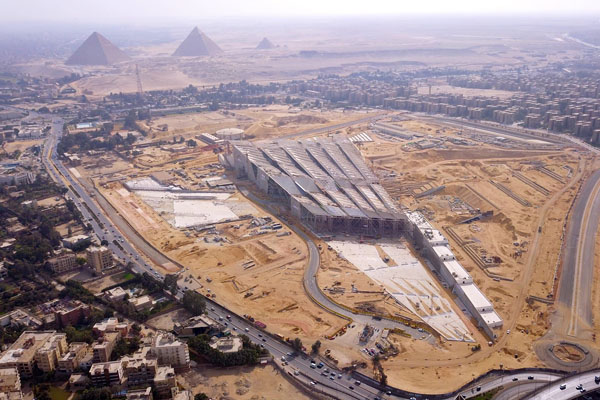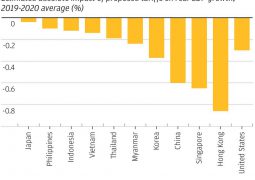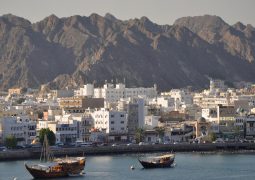History treasure shines always: Developing the site of the Pyramids

No inhabited buildings will be demolished in Giza’s Nazlet Al-Semman neighbourhood, reports Ahmed Morsy
The appeals judge in a southern Giza court accepted on Sunday the appeal of 18 residents of Nazlet Al-Semman district in Giza and ordered their release pending investigations into charges of resisting authorities, illegal assembly and injuring a police officer. The 18 were arrested a week earlier, during clashes between demonstrators and security forces which erupted after authorities began to demolish unlicensed buildings in the neighbourhood.
The demolitions began on 17 January and were coordinated between Giza governorate, the Ministry of Antiquities and the Interior Ministry. As unlicensed buildings located in the area of the Great Pyramids began to be demolished angry residents protested and were dispersed by security forces using tear gas.
“We were protesting against the demolition of the entire neighbourhood of Nazlet Al-Semman,” Khaled Tawfik, a bazaar owner and a resident of the area, told Al-Ahram Weekly.
A resident who preferred to speak anonymously said the protesters feared the demolitions would expand to include a majority of the area’s buildings.
“We have been living and working in the same neighbourhood for years now… they cannot suddenly demolish our homes and relocate us somewhere else,” the resident said.
The inhabitants of Nazlet Al-Semman, which is close to the Giza Pyramids, depend on tourism for their livelihoods and fear their homes and businesses will be demolished, as happened in the Downtown Maspero Triangle area.
“I was born here and I live with my family in a licensed building. They have no right to demolish licensed houses. Almost all of the residents here are working in tourism, some in bazaars, others providing tourist services or acting as tour guides. We are all attached to the place where we live and work. It would be difficult for us to be relocated to some other district,” Ahmed Al-Arabi, a tour guide who lives in the district, told the Weekly.
According to Al-Arabi, residents of Nazlet Al-Semman are confused. They have no idea how the government plans to develop the Pyramids area and there are contradicting versions of the scale of the planned demolitions.
Following the clashes a state of cautious calm prevailed as Central Security Forces and ambulances were deployed.
Major General Alaa Badran, and assistant to the governor of Giza, insists the demolition campaign targets only unlicensed properties built illegally within the last six months.
Giza governorate has issued a statement denying rumours that all Nazlet Al-Semman’s residents will be evicted and the vacated land sold to an Arab investor.
“Only four buildings have been demolished, all unlicensed and built in violation of construction and antiquities laws,” said the statement. It added that there was no intention to sell any land in such an important archaeological area, and that the unlicensed buildings were an eyesore.
The governorate also underlined that the demolition of the buildings was done in accordance with the law and no inhabited buildings were included.
Two years ago the government announced that it was close to finalising plans to develop the area surrounding the Pyramids. The scheme had initially been mooted in 2009 when the current Prime Minister Mustafa Madbouli was chairman of the General Authority for Urban Planning. In 2014, when Madbouli was Minister of Housing, the scheme was renewed, and ground work on its implementation began last year, when Madbouli was appointed prime minister.
The plan appears to be part of the preparations for the 2020 opening of the Grand Egyptian Museum, located two kilometres from the Pyramids and the Sphinx.
Minister of Antiquities Khaled El-Anany says the ministry plans to develop the area to maximise its potential as a global tourist attraction, transforming the whole site into an open air museum by linking its different elements, including the Grand Egyptian Museum, by a network of thoroughfares.
The development plan includes removing the Shooting Club, redirecting the Fayoum road to a newly constructed tunnel, improving the infrastructure serving visitors and upgrading the sound and light show.
Around 8,000 workers are on site each day working on the Grand Egyptian Museum. The museum will eventually cover 500,000 square metres, of which 168,000 square metres will form dedicated exhibition spaces showing more than 100,000 artefacts.
- Previous Egypt leads Arabs in getting back to normalization with Damascus: Syria and Arab responsibility
- Next A fashion model from Mongolia speaks about Fashion Forward Dubai










